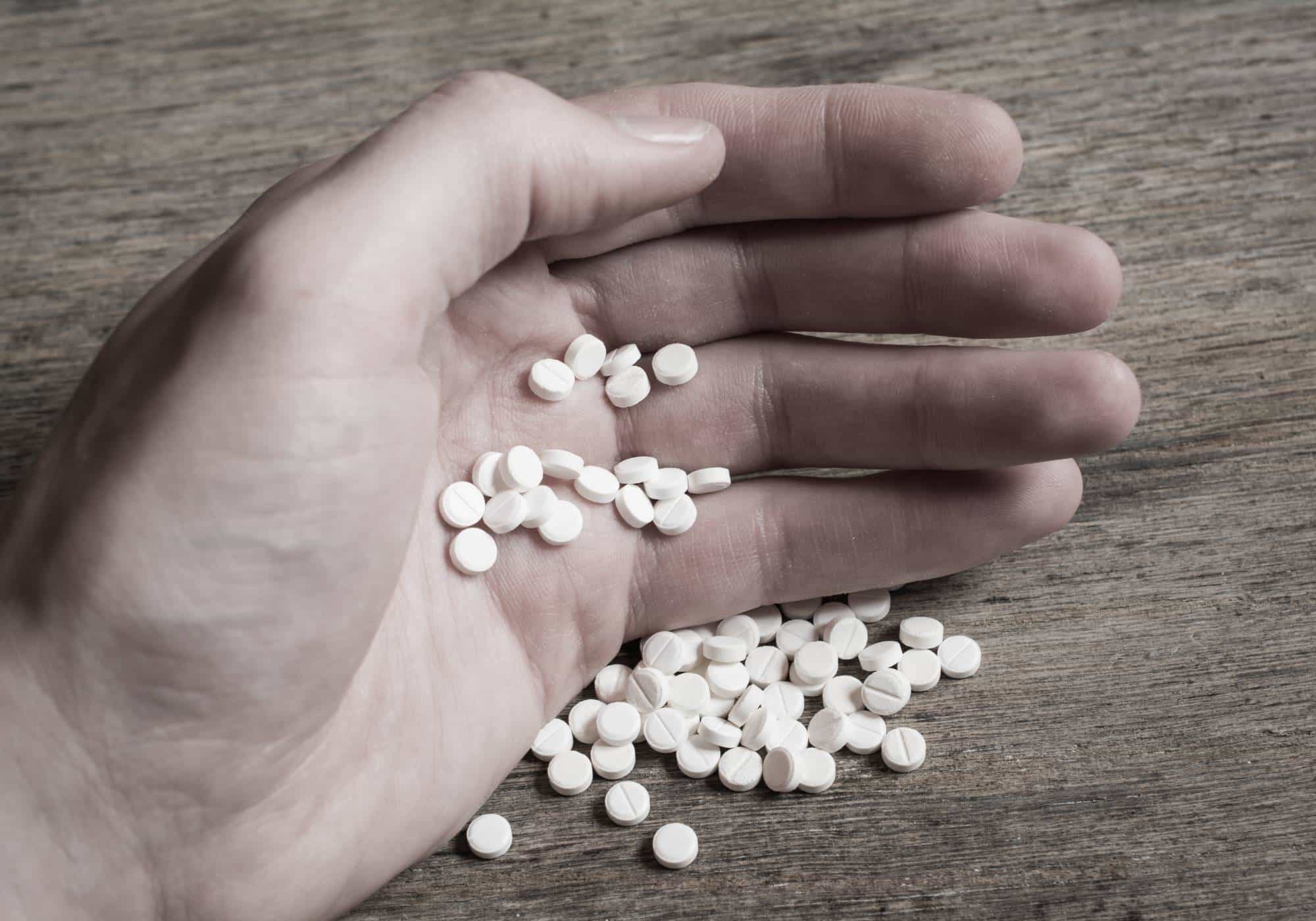Cocaine, a potent stimulant derived from the coca plant, is often referred to as coke, blow, flake, or snow, nodding to its white powdery appearance. However, there’s a common misconception equating cocaine with “crack,” though they are distinct. Crack represents a more concentrated form of cocaine, notable for its solid, rock-like appearance in shades of whitish cream or tan.
The primary distinction in the crack vs. cocaine debate lies in their preparation and consumption methods. Crack is produced by blending cocaine with baking soda and water, then heating the mixture until it solidifies. Unlike cocaine, which is typically snorted, crack is smoked, offering a more intense high.
Despite their differences, both cocaine and crack are profoundly addictive, contributing to widespread issues across the United States. For those battling crack cocaine addiction in Atlanta, GA, seeking assistance from a specialized crack cocaine rehab center is crucial for recovery.
For support or more information, contact Hope Harbor Wellness at 678-929-6304 today.
What is Crack Cocaine?
Crack cocaine, commonly known as “crack,” is a potent solid form of cocaine. It is produced by processing cocaine into small, white or off-white crystals, which are then smoked. Often referred to as “freebase,” crack represents a purer form of cocaine compared to its powdered counterpart.
Users smoke crack by heating the crystals and inhaling the resulting vapor, leading to rapid absorption into the bloodstream. This method delivers an immediate and intense euphoric rush, which fades almost as quickly as it appears, prompting some users into a cycle of bingeing to prolong the high.
Are Crack and Cocaine the Same Thing?
While both crack and cocaine are stimulants known for their euphoric effects, there are notable differences between the two. Crack produces a more immediate and intense high compared to cocaine due to its smoked form of consumption.
Cocaine and crack work by increasing dopamine levels in the brain, a neurotransmitter linked to pleasure and reward. This results in a temporary buildup of dopamine, contributing to the short-term effects experienced by users, such as:
- Elevated energy levels
- Intense feelings of happiness and euphoria
- Increased mental alertness
- Suppression of appetite
- Dilated pupils
- Heightened irritability
- Paranoia
These effects underscore the potent impact of both substances on the body and mind, highlighting the risks associated with their use.
What’s the Difference Between Crack and Cocaine?
Cocaine is harvested from the leaves of the coca plant, whereas crack represents a further refined form of cocaine, requiring additional processing. The primary distinction between the two lies in their methods of consumption, which significantly influences the immediacy and strength of their effects.
Methods of Use
Cocaine is commonly ingested by snorting through the nose or applying directly to the gums, with some opting to inject it for faster bloodstream entry. In contrast, crack cocaine, a derivative of cocaine, is predominantly smoked. This method allows crack’s vapors to be quickly absorbed via the lungs, leading to an almost instantaneous euphoric high, unlike the slightly delayed onset associated with snorting cocaine.
Injecting cocaine directly offers an immediate impact as well, and the hazardous practice of combining cocaine with heroin for injection, known as “speedball,” poses significant risks.
Side Effects of Crack Vs. Cocaine
Cocaine and crack consumption can lead to a range of harmful side effects, some of which pose serious threats to life. Notable adverse reactions include:
- Elevated heart rate
- High blood pressure
- Pupil dilation
- Risk of cardiac arrest
- Seizure episodes
- Increased likelihood of strokes
- Potential for heart attacks
- Tendency towards aggressive behaviors
Specifically, cocaine use can cause nasal issues such as a runny nose, diminished sense of smell, nosebleeds, and challenges in swallowing due to its common routes of administration. Conversely, smoking crack is linked to respiratory problems, including coughing, asthma symptoms, respiratory distress, and a heightened risk of infections in the respiratory system.
Overdose Risks with Cocaine and Crack
The potential for overdose with cocaine and crack is alarmingly high, sometimes after just a single use. The risk escalates when these substances are used in conjunction with alcohol or heroin.
In 2021, cocaine, including its crack form, was implicated in over 21% of drug-related overdose deaths, underscoring its lethal potential. Crack, in particular, poses a higher overdose risk due to the larger quantities typically consumed through smoking, leading to a more immediate and concentrated effect. Symptoms signaling a cocaine overdose encompass:
- Breathing difficulties
- Elevated blood pressure
- Rise in body temperature
- Experiencing hallucinations
- Severe restlessness
- Irregular heart rhythms
- Onset of heart attacks
- Seizure events
- Stroke risks
In situations where a cocaine overdose is suspected, it’s imperative to seek emergency medical assistance immediately by calling 911. Although no specific antidote exists for cocaine overdose, medical professionals can work to stabilize the patient, focusing on restoring heart function and oxygenation to the brain. Seizures may be managed with appropriate medication to mitigate further complications.
Addiction and Dependency
Both crack and cocaine hold a high potential for addiction, fostering dependency with continuous use. Yet, crack is often deemed more perilous and addictive compared to its powdered counterpart.
The Intense Addiction of Crack
The allure of crack lies in its rapid and potent high, which can instantaneously hook users into a cycle of compulsive usage. The addiction to crack can swiftly ensnare individuals, driving them into a relentless pursuit marked by intense cravings and severe withdrawal symptoms upon cessation. The repercussions of chronic crack use are profound, inflicting lasting harm on the cardiovascular, respiratory, and neural systems.
Cocaine’s Risk of Dependency
Cocaine, while slightly less addictive than crack, still poses significant risks of addiction. Its abuse can precipitate both physical and mental dependencies, ensnaring users in a vicious cycle of escalating consumption and withdrawal challenges. Despite its somewhat lesser potency, cocaine’s extended use harbors the danger of severe health issues, mirroring the addictive patterns and withdrawal phenomena observed with crack.
Additives in Cocaine and Crack
Drug dealers often increase their profits by adulterating cocaine and crack with various substances. While some of these additives, such as cornstarch or flour, are relatively benign, others pose significant risks. Dangerous additives like amphetamines or fentanyl are sometimes mixed in. Fentanyl, in particular, is exceedingly lethal even in minuscule amounts. Amphetamines, another class of stimulants, when combined with cocaine or crack, heighten the risk of severe health issues, including heart attacks, strokes, and cardiac arrest. Similarly, ephedrine and caffeine, both stimulants, can also amplify the risk of life-threatening conditions when used as cutting agents in cocaine.
The Immediate Effects and Duration
Both crack and cocaine are known for their rapid onset of effects, though the experience with crack is notably swifter. Users can feel the intense high from crack within seconds of inhalation, typically lasting around 15 minutes. Cocaine, when snorted or injected, begins to affect users within three to five minutes, with the high extending from 15 to 30 minutes, offering a slightly longer but less intense experience.
Cost
The market prices for crack and cocaine vary due to their forms and concentrations. Powdered cocaine is typically sold by the gram, with prices ranging from $50 to $90 based on purity levels. Crack cocaine, sold in rock form, is generally more affordable, priced between $10 and $20 per piece. The cost for a vial of crack might vary between $20 to $50, influenced by geographic location and market dynamics.
Legal Consequences
The legal ramifications for possessing, distributing, or trafficking crack and cocaine are determined by each state, with considerable variation in sentencing and fines. Federally, the legal system has historically enforced harsher sentences for crack offenses compared to those for cocaine. The Anti-Drug Abuse Act of 1986 exemplified this by mandating equal prison terms for considerably less crack than cocaine; possessing 50 grams of crack warranted a 10-year sentence, whereas the same sentence applied to 5000 grams of cocaine. The Fair Sentencing Act of 2010 sought to address this imbalance by adjusting the amount of crack to 280 grams to trigger the 10-year sentence and eliminating the 5-year mandatory minimum for simple crack possession. Moreover, The First Step Act of 2018 made these adjustments retroactively applicable, further aligning the legal treatment of crack and cocaine offenses.
Is Crack More Addictive Than Cocaine?
Yes, crack is generally considered to be more addictive than powdered cocaine. This heightened addictiveness is attributed to crack’s concentrated form, which delivers a more potent dose of cocaine. Additionally, the method of smoking crack enables the substance to enter the bloodstream and produce euphoric effects more rapidly than the slower process of snorting powder cocaine.
Crack vs Cocaine Withdrawal Symptoms
While withdrawal symptoms from both crack and cocaine share similarities, those associated with crack are often more severe and enduring. This heightened intensity stems from crack’s more potent concentration and its rapid absorption into the bloodstream. Common withdrawal symptoms experienced from both substances include:
- Depression
- Anxiety
- Fatigue
- Irritability
- Intense cravings
Moreover, withdrawing from crack may also lead to additional challenges, such as:
- Paranoia
- Hallucinations
- Sleep disturbances
- Muscle discomfort
- Excessive sweating
- Abdominal cramps
Although withdrawal from cocaine typically does not pose a life-threatening risk, it can significantly impair daily functioning and cause considerable discomfort. If you or someone you know is grappling with addiction to crack or cocaine, reaching out for professional assistance is crucial. Numerous effective treatment options are available, offering a pathway to recovery without having to face the journey alone.
Treatment for Crack or Cocaine Addiction
If you find yourself struggling with the use of cocaine, crack, or both, Hope Harbor Wellness is ready to support your journey toward recovery. Our addiction rehab programs in Atlanta are recognized for adhering to the highest standards of care. Our team of master’s level clinicians is dedicated to treating every aspect of our clients’ well-being within a nurturing and safe community environment. This comprehensive approach ensures you have the greatest opportunity for overcoming addiction at an accessible cost.
We offer a variety of treatment options tailored to address the specific challenges of cocaine and crack addiction including:
- Dual Diagnosis Treatment
- Outpatient Treatment
- Intensive Outpatient Program (IOP)
- Partial Hospitalization Program (PHP)
- LGBTQ+ Addiction Treatment
- Holistic Therapy
- Group and Individual Therapy
- Family Therapy Program
Take the first step towards reclaiming control over your life. Choose to heal and find renewal at our drug and alcohol rehab center. Contact Hope Harbor Wellness today at 678-929-6304 to explore the most effective therapies tailored for your recovery from cocaine and crack addiction.












